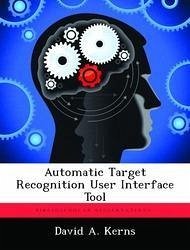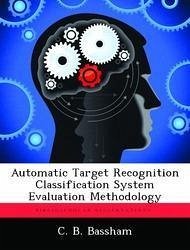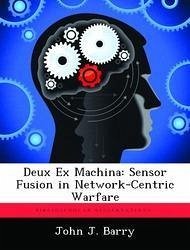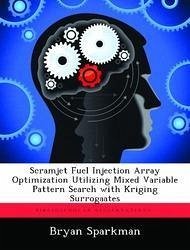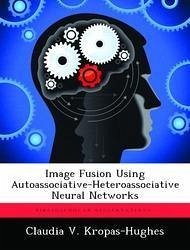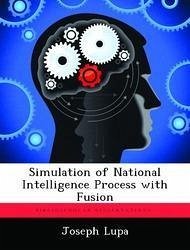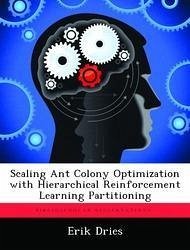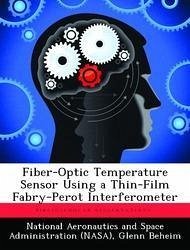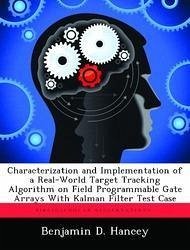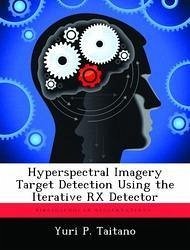Nicht lieferbar
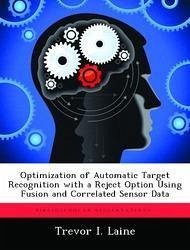
Optimization of Automatic Target Recognition with a Reject Option Using Fusion and Correlated Sensor Data
Versandkostenfrei!
Nicht lieferbar
This dissertation research makes contributions toward the optimization of automatic target recognition (ATR) systems when a rejection option is included. First, a comprehensive review of the literature inclusive of ATR assessment, fusion, correlated sensor data, and classifier rejection is presented. An optimization framework for the fusion of multiple sensors is then developed. This framework identifies preferred fusion rules and sensors along with rejection and receiver operating characteristic (ROC) curve thresholds without the use of explicit misclassification costs as required by a Bayes'...
This dissertation research makes contributions toward the optimization of automatic target recognition (ATR) systems when a rejection option is included. First, a comprehensive review of the literature inclusive of ATR assessment, fusion, correlated sensor data, and classifier rejection is presented. An optimization framework for the fusion of multiple sensors is then developed. This framework identifies preferred fusion rules and sensors along with rejection and receiver operating characteristic (ROC) curve thresholds without the use of explicit misclassification costs as required by a Bayes' loss function. This optimization framework is the first to integrate both vertical warfighter output label analysis and horizontal engineering confusion matrix analysis. In addition, optimization is performed for the true positive rate, which incorporates the time required by classification systems. The mathematical programming framework is used to assess different fusion methods and to characterize correlation effects both within and across sensors.






